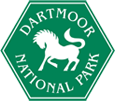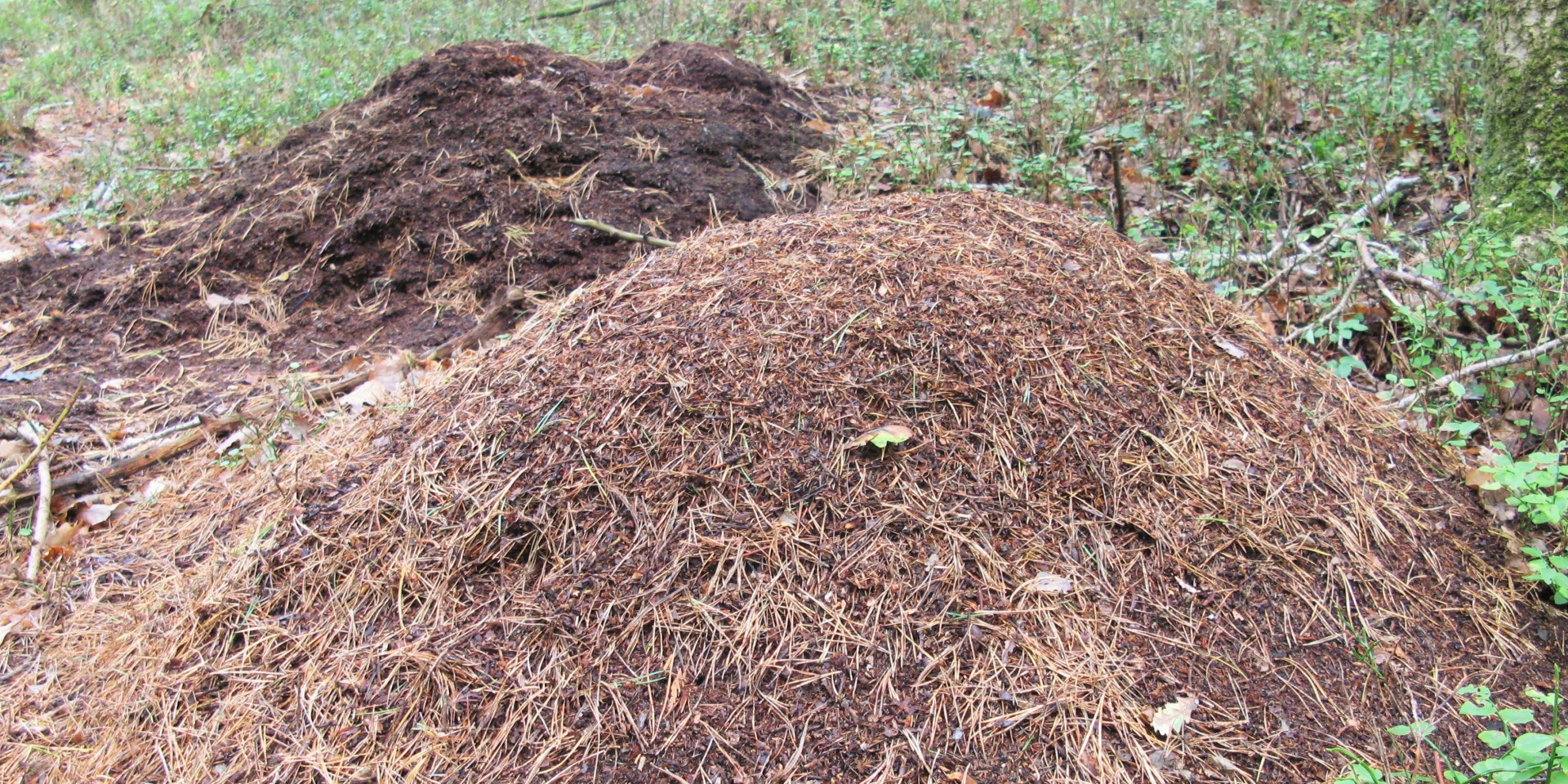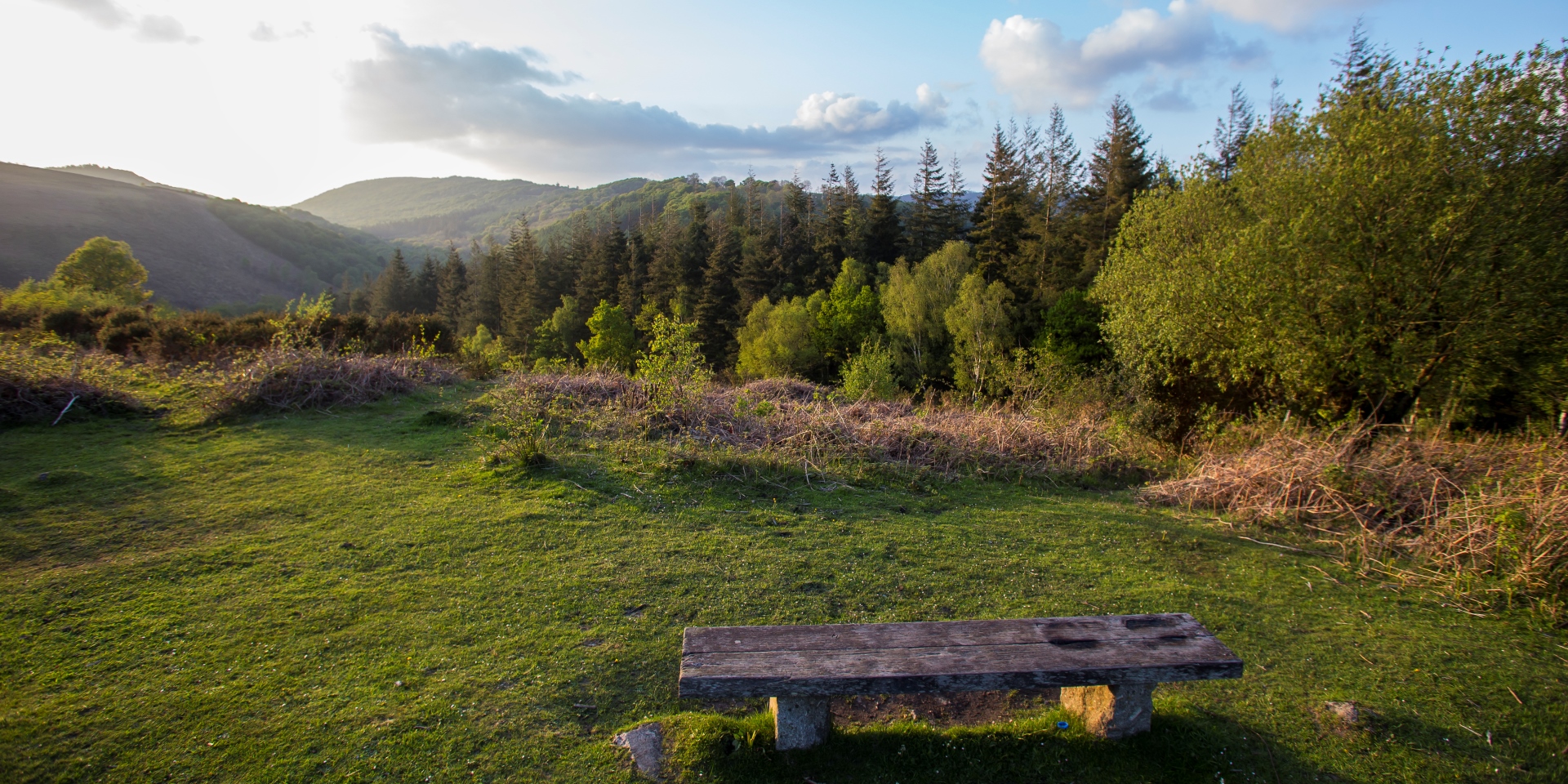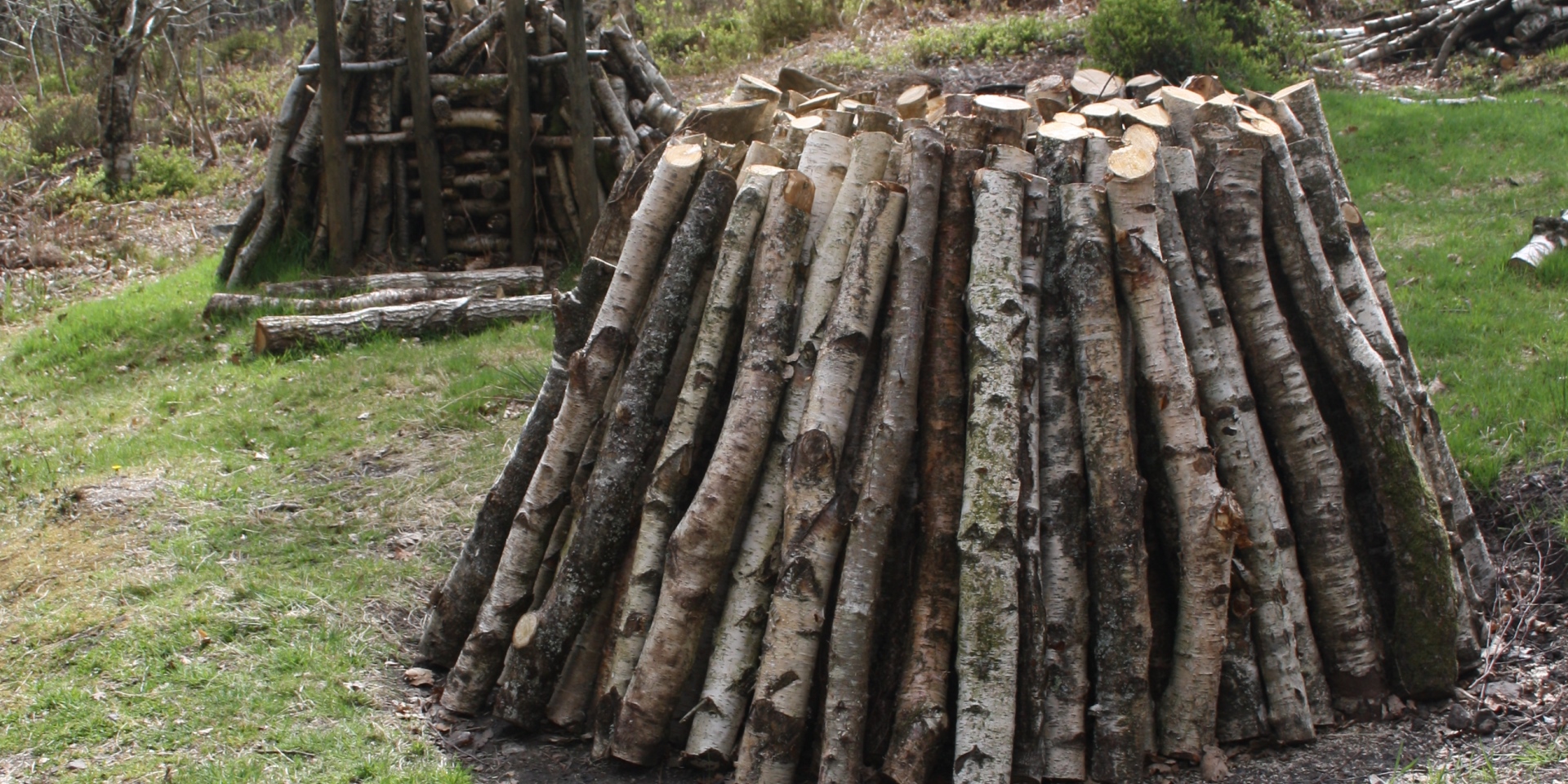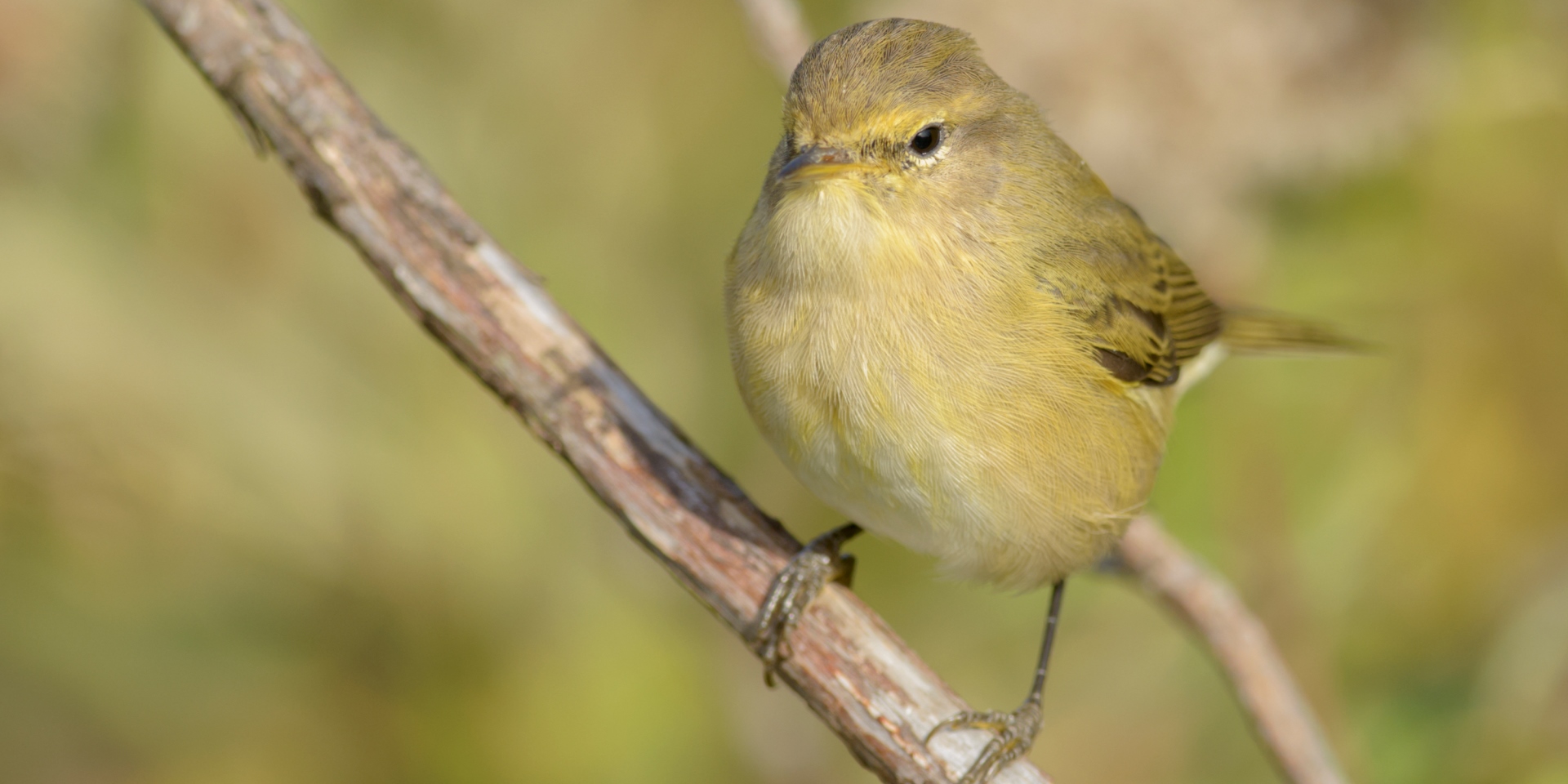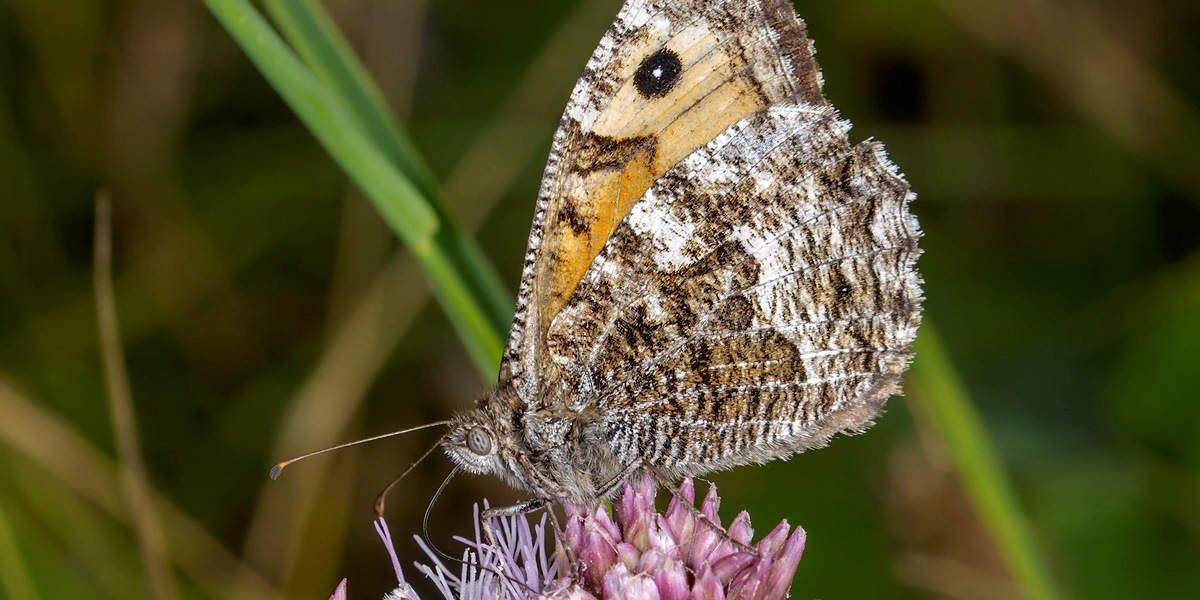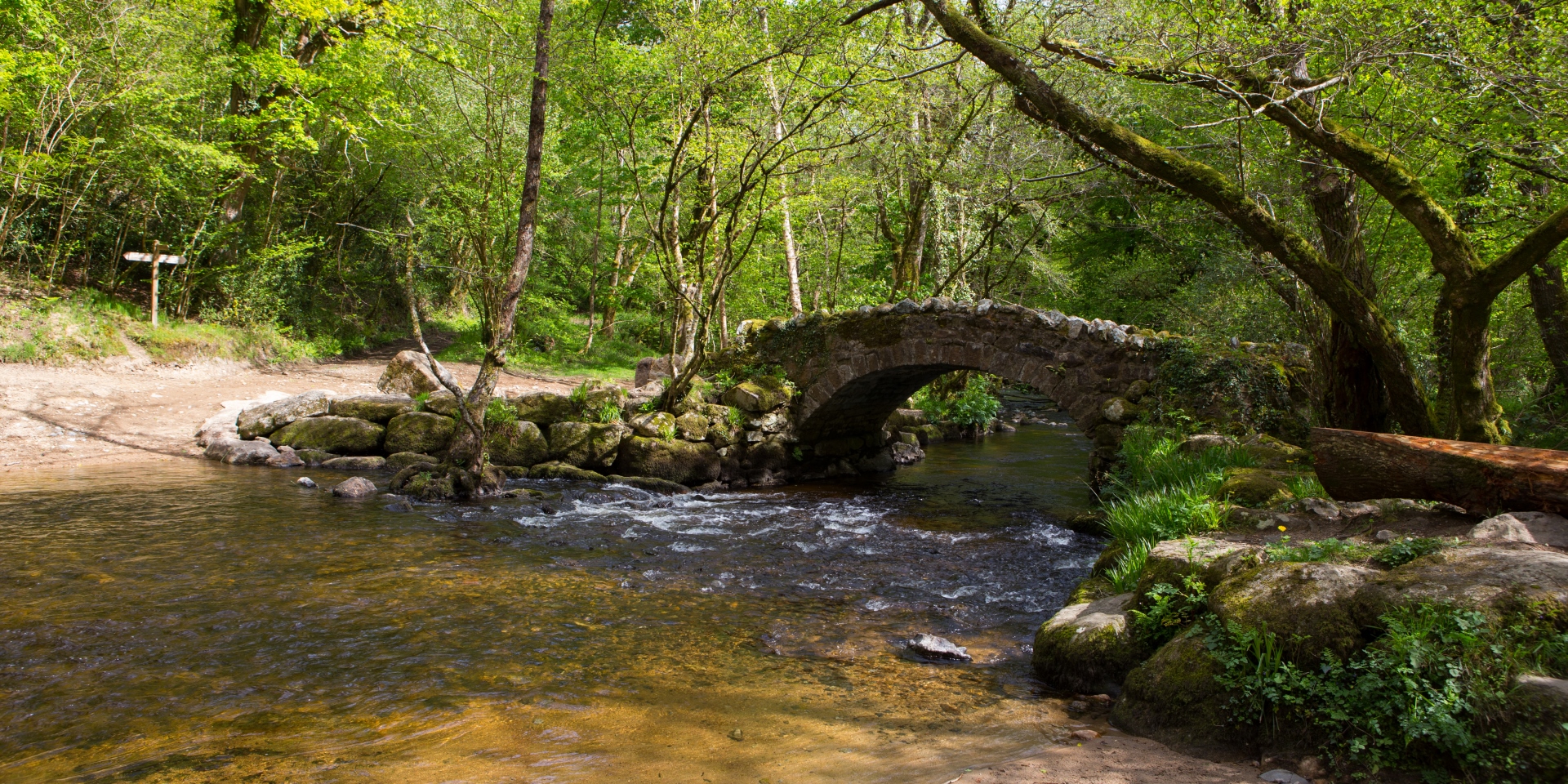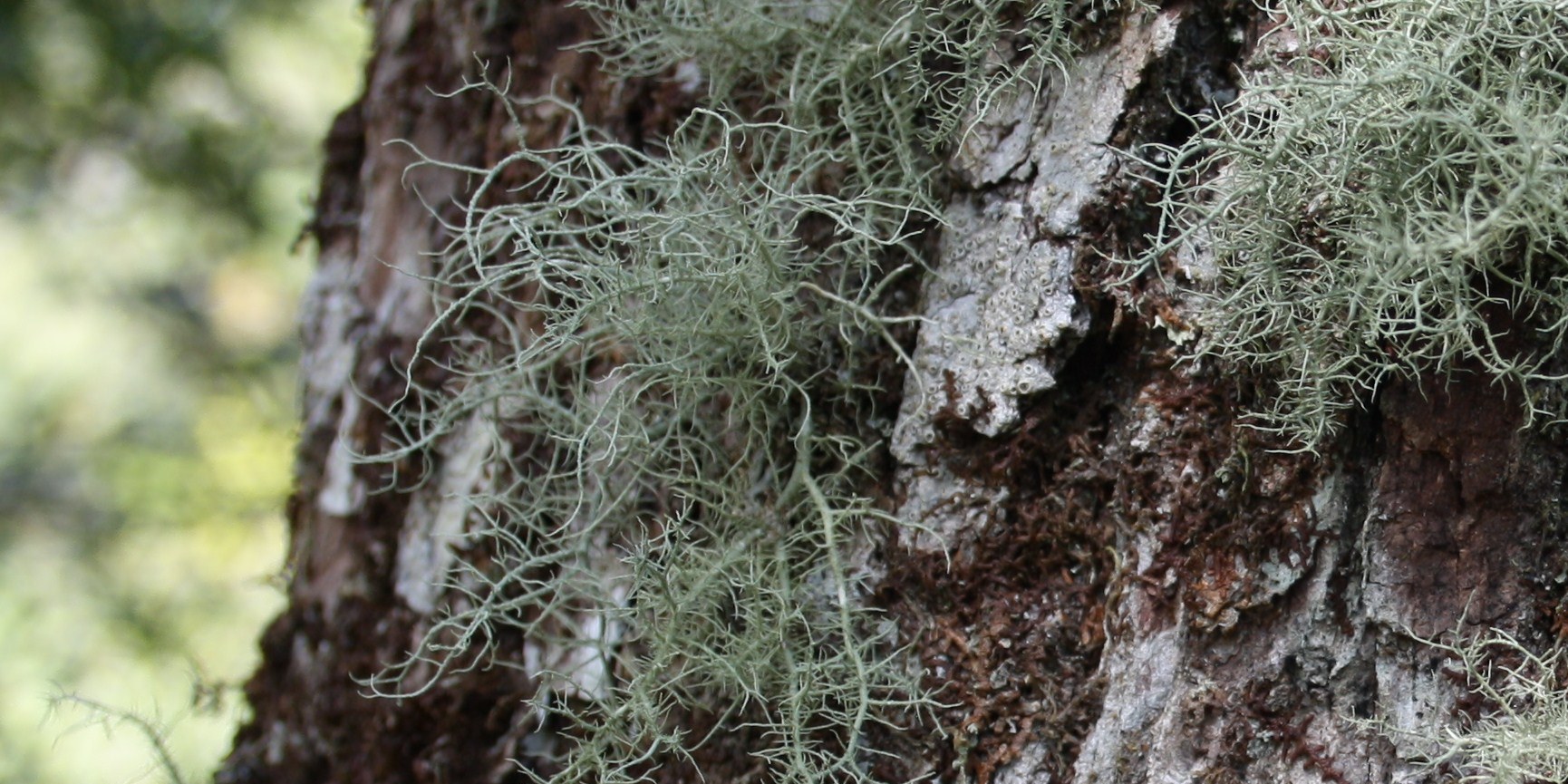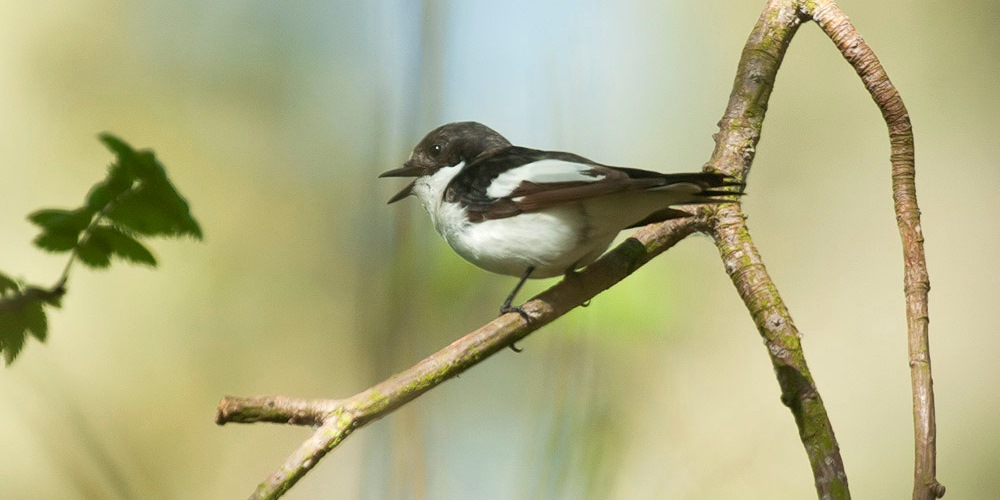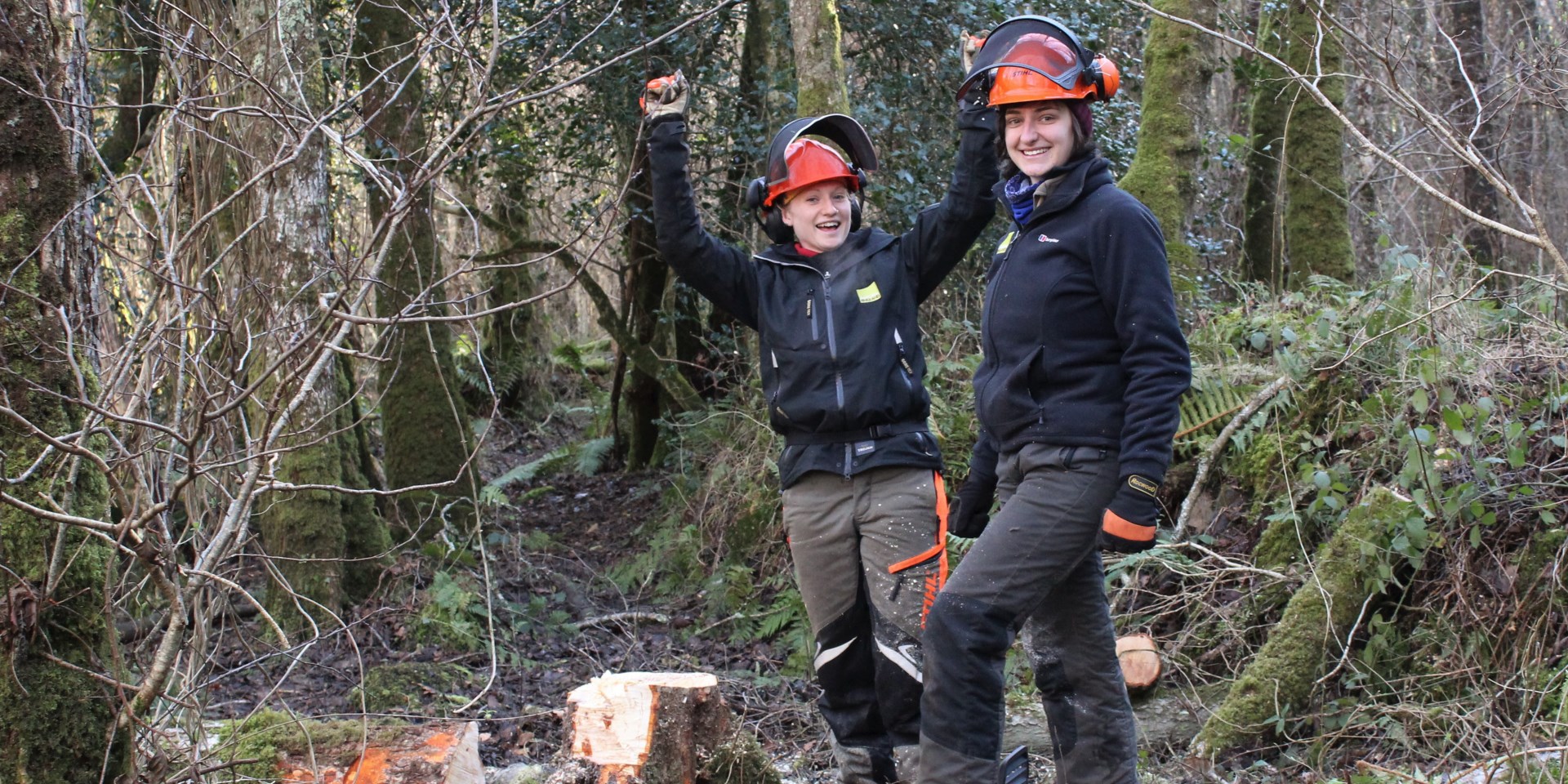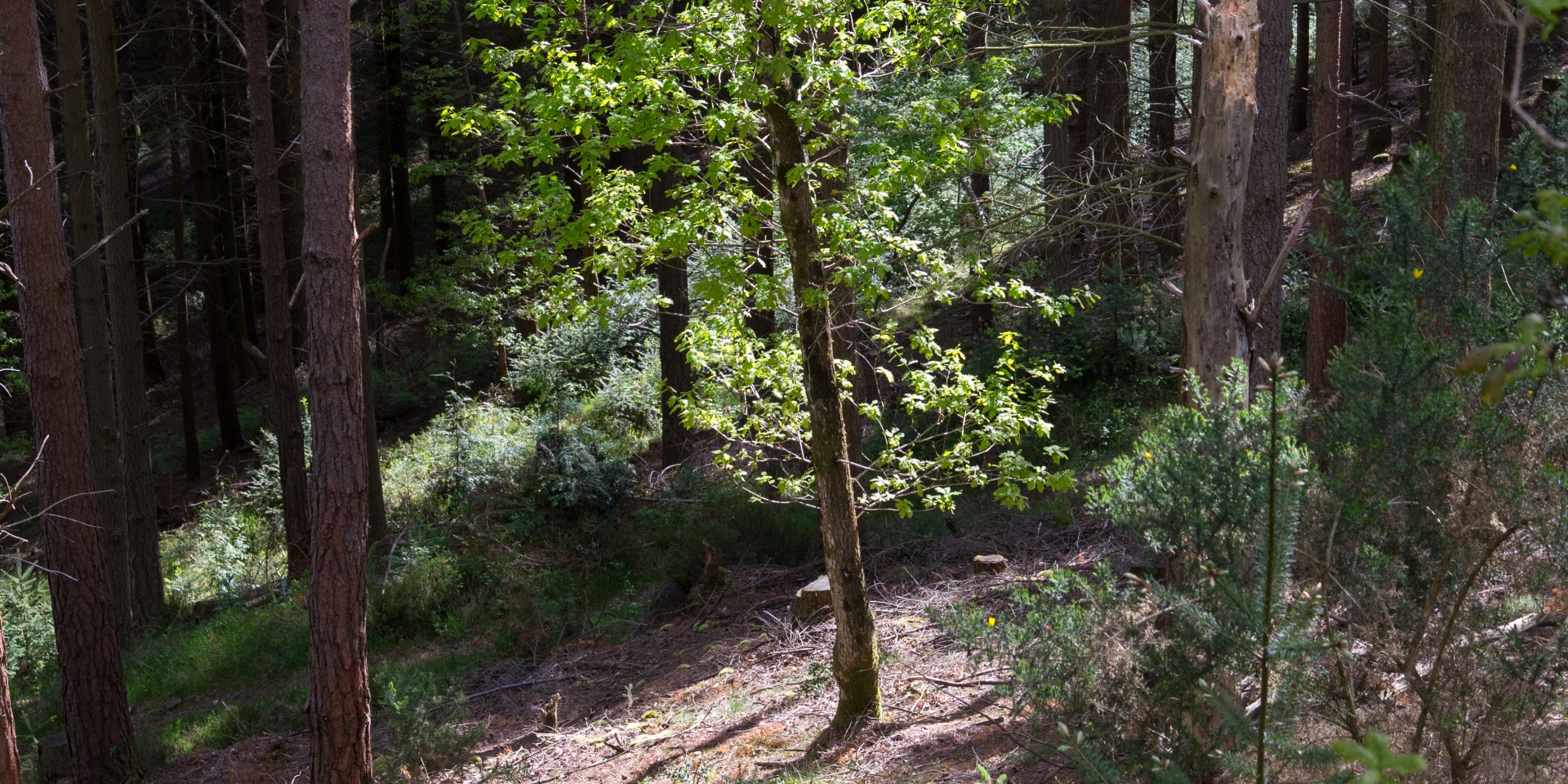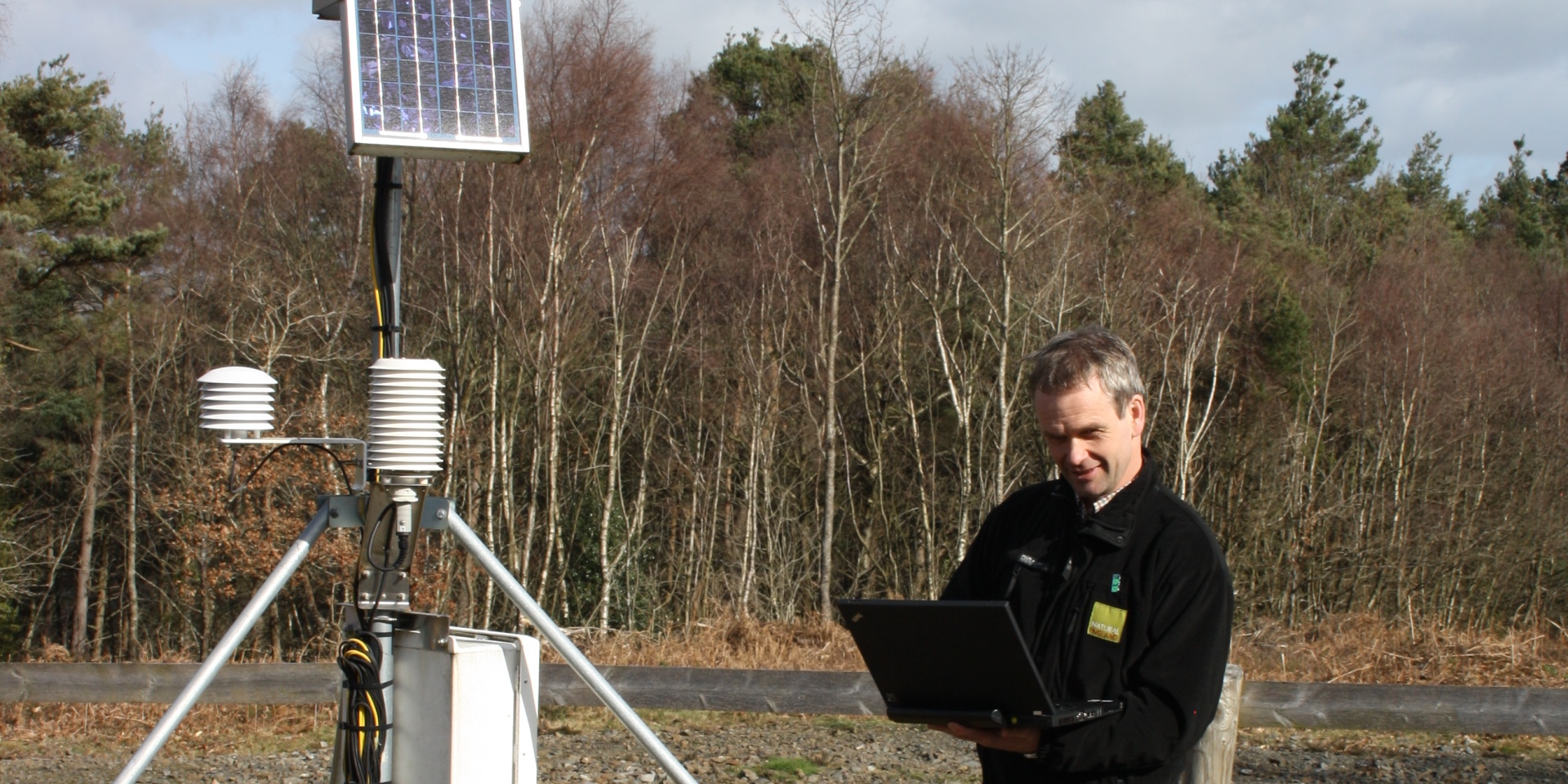Bovey Valley
Discover the beautiful landscape and wildlife of the East Dartmoor National Nature Reserve (NNR). The mosaic of woodland, heathland and wetland habitats provides important homes for some of our rarest wildlife.
It is the perfect place to get closer to nature and enjoy its quiet beauty. Walk amongst tall oak trees, watch the ever busy wood ants, listen to the birds’ chorus in spring or find a tranquil spot to take in the beautiful surroundings.
East Dartmoor NNR may look wild and natural but it has been shaped by human hands over the 4,000 years. An Iron Age hill fort can be found at the top of Houndtor and Boveycombe farmstead ruins, abandoned in the early 20th century, remain under the trees and undergrowth in Hisley Wood. Iconic stone bridges once used by pack horses are now used by walkers, and bats now forage under the canopy of ancient oaks that were once used to make charcoal. In Yarner Wood you can find the remains of a copper mine and some of the best intact sections of the granite tramway.
The various habitats are managed by staff and volunteers today and it is a careful balancing act to ensure that this rare and important diversity of plants and animals continues to thrive here.
Did you know?
For over 60 years this area has been a place for scientific research on air quality, plants, mammals, birds and the weather. It is still being used by schools, students and special interest groups to experience wildlife first hand and to learn more about nature conservation
Best things to see and do
- Walk amongst the main paths and tracks that criss-cross the NNR. Pick up one of our wildlife walks at the reservoir bird hide. Dress for changeable weather conditions, muddy and uneven paths and bring an OS map too.
- During April to June look out for the iconic pied flycatcher. This bird has been studied here for the past 60 years and is one of the several long distance travelling migrant birds that can be seen here.
- Other birds including the Chiff chaff can be found on the reserve. It is one of the first signs of spring and the bird is recognisable by its cheerful ‘chiff chaff’ song.
- Warm summer days is a great time to see the butterflies of the reserve including the Silver Washed Fritillary and Grayling on the heathland.
- Red wood ants play an important roles in the ecology of the woodland. They farm aphids for their sticky honeydew and protect the trees from hungry moth caterpillars. Their large nests typically are home to around 100,000 ants – that’s almost the population of Exeter.
- Look out for the often overlooked lichens, mosses and fungi which can been seen all year round on trees, rocks and along the river. The damp, warm conditions on Dartmoor provides the perfect conditions for lichen to grow.
Address: Trendlebere Down, Yarner Wood, Bovey Tracey TQ13 9L
East Dartmoor NNR is managed in partnership by Natural England, Woodland Trust and Dartmoor National Park Authority.
Visit the blog at www.eastdartmoorwoods.org for more details
or these websites
Discover more of the story
Pick up a leaflet to explore Hisley Woods
